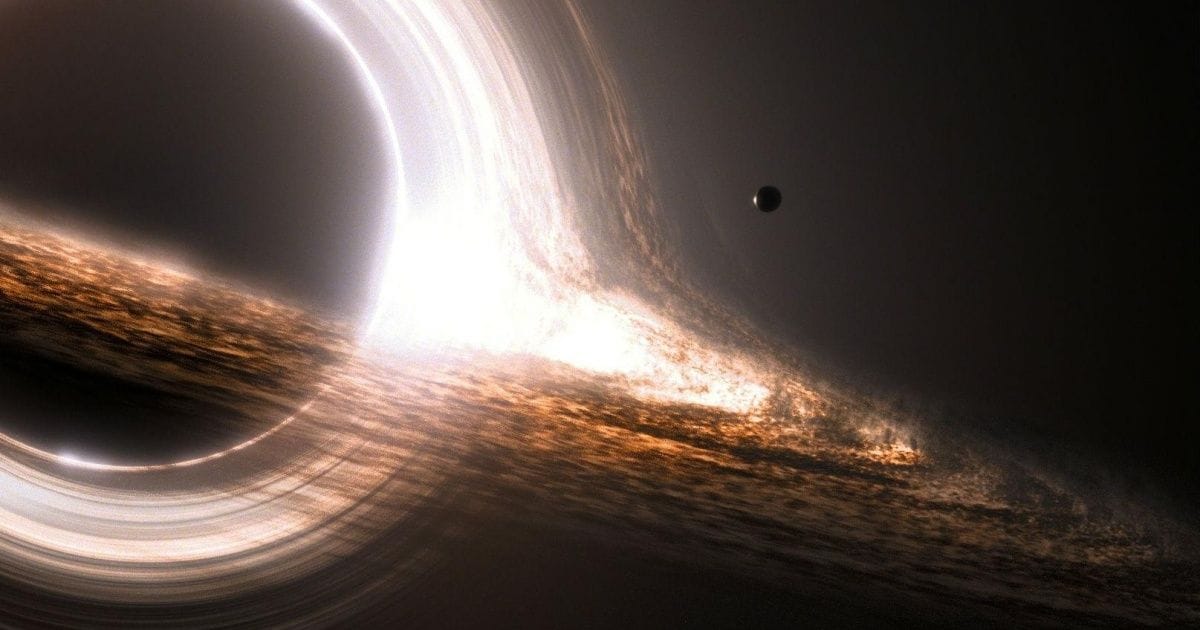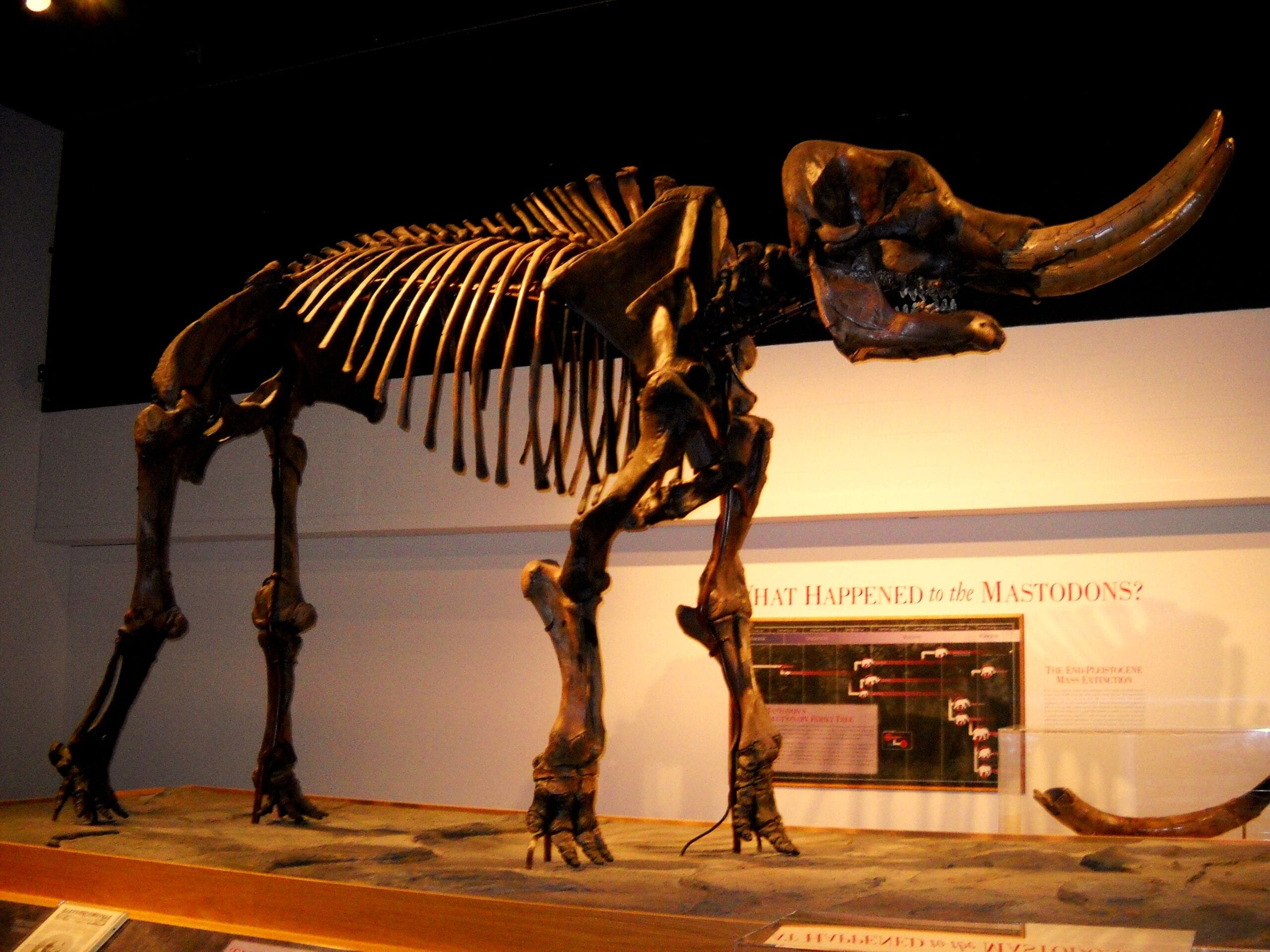The Hubble Space Telescope has made a fascinating discovery near a supermassive black hole at the center of the galaxy NGC 4845. Located approximately 300 million light-years away in the constellation of Virgo, NGC 4845 is a spiral galaxy that is home to a massive black hole with a mass of approximately 40 million times that of the sun.
Recently, astronomers using the Hubble Space Telescope observed a series of unusual structures near the black hole at the center of NGC 4845. These features, which resemble giant, glowing filaments, are unlike anything seen before in the vicinity of a supermassive black hole.
The filaments, which are tens of thousands of light-years long, are composed of gas and dust that is being heated and illuminated by the intense radiation emanating from the black hole. However, what is most puzzling about these features is their origin and behavior.
According to Dr. Stefano Bianchi, a researcher at the National Institute for Astrophysics in Rome, Italy, and lead author of the study, “These filaments are not like anything we’ve seen before. They’re not like the typical emission lines we see in the vicinity of a black hole, and they’re not like the jets of gas that we often see being expelled from black holes either.”
To better understand the nature of these mysterious features, the research team used a combination of observations from the Hubble Space Telescope and computer simulations. By analyzing the data, they were able to determine that the filaments are likely the result of a complex interplay between the black hole’s gravitational pull and the surrounding interstellar medium.
The team’s simulations suggest that the filaments are formed when gas and dust in the vicinity of the black hole are compressed and heated by the black hole’s gravitational pull. This compression and heating cause the gas and dust to emit radiation, which is then observed as the glowing filaments.
While the discovery of these mysterious features near a supermassive black hole is certainly intriguing, it also raises more questions than answers. For example, what is the exact mechanism that is responsible for the formation of these filaments? And how do they interact with the surrounding interstellar medium?
To address these questions, further observations and simulations are needed. However, the discovery of these features has already provided valuable insights into the complex and dynamic environment that surrounds supermassive black holes.
As Dr. Bianchi noted, “This discovery has opened up a new window into the study of supermassive black holes and their role in shaping the evolution of galaxies. We’re excited to continue exploring this phenomenon and uncovering the secrets of these mysterious features.”
The study was published in the journal Nature Astronomy and is available online.



